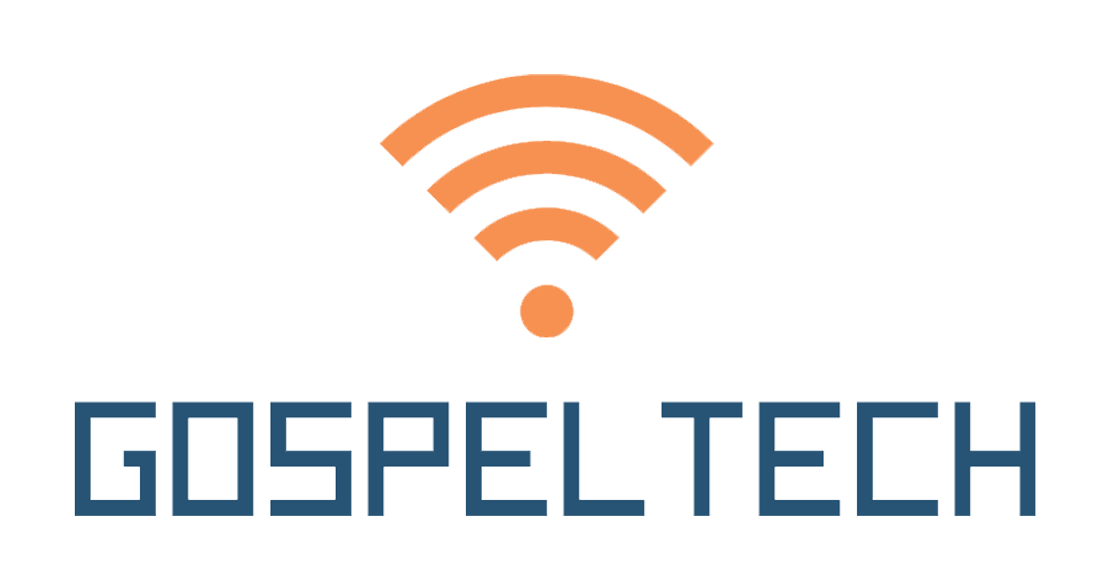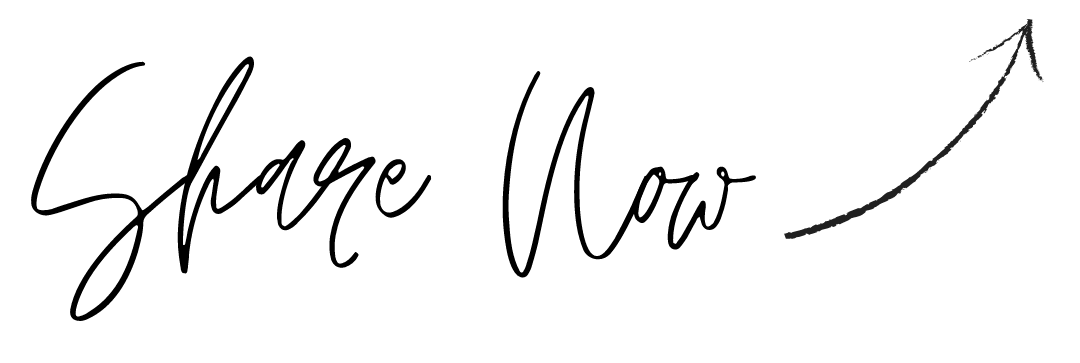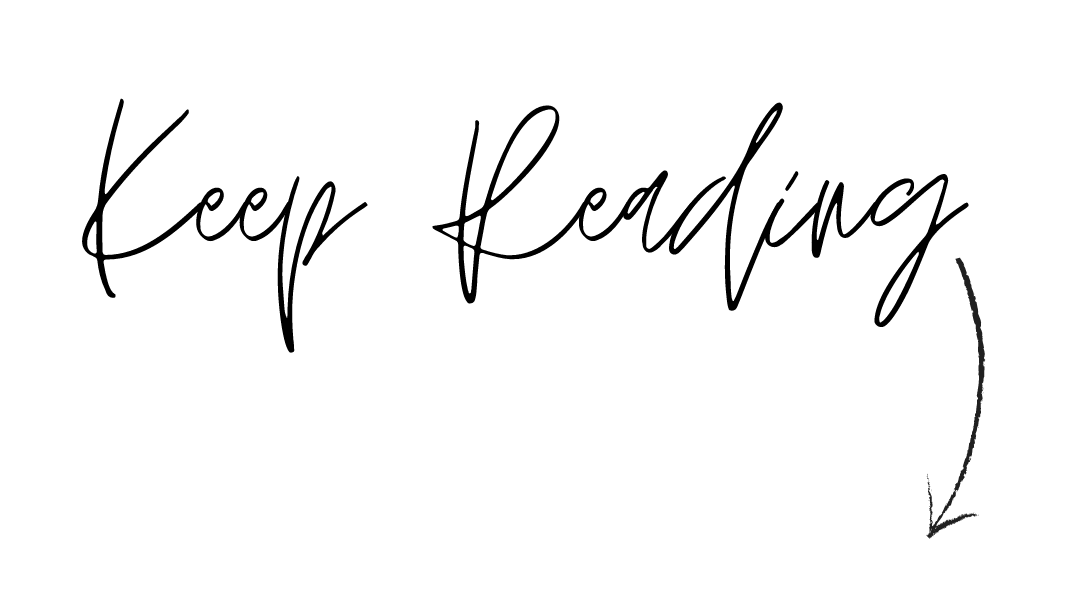There are Two Types of Tech
The first thing I want parents (and kids, really) to know is that there are two types of tech. Establishing this differentiation from the beginning helps us enter a conversation around potentially misuse of technology with fewer missteps.
This isn’t a moral judgment of “good” or “bad” tech, but instead, it assesses the tech’s design and intention. Tool Tech is designed to help you create. Drool Tech is designed to help you consume.
Let’s start with Tool Tech. It’s the digital equivalent of a shovel. You have a task, and Tool Tech extends your ability to accomplish that task more quickly and efficiently. Using a shovel is vastly superior to using your hands when you need to dig a large hole, and different shovels fit different needs. Have you ever tried shoveling snow with a spade or tilling your garden with a snow shovel? It does not go well.
Tool Tech operates at the pace of real life, extends your abilities, and requires an operator to function. If you stop working, so does the Tool Tech.
Drool Tech, on the other hand, may help you accomplish a goal like connecting with friends or enjoying your evening with a show or game, but it has goals of its own. Drool Tech is designed to take your time, focus, and money.
In this way, Drool Tech is the equivalent of a caffeinated drink or salted caramel. It provides you with something you want, but it comes with a hook that makes it more likely for you to want more. Drool Tech makes it more likely for you to stay longer than you intended, pay more than you planned, and come back more often than you wanted.
It also operates faster than real life; between the feeds, goals, levels, and notifications, it is easy to get overstimulated. And if you stop working, Drool Tech keeps on going.
Now a little pop quiz. Which of these is Tool Tech and which is Drool Tech?
- Microsoft Word
- Netflix
- Podcasts
- Newsfeeds
- Computers
We’ll run through the answers one at a time—again, so we can be on the same page when we’re discussing tech.
-
Microsoft Word (or pages or Google Docs) = Tool Tech
Think about it: You’ve never been in bed, winding down from a long day, and received a notification from Microsoft Word saying, “Hey. Was thinking about you. I’ve noticed you haven’t written anything for a while. I wanted to see if you might want to jot down a quick story…a haiku maybe.”
Word doesn’t send you little notes saying, “Did you know Becky down the street has already started her book? Did you know it’s better than yours? Here’s a snippet to make sure you feel terrible about yours.” This doesn’t happen because Word is Tool Tech. It is a digital shovel created for writing. You can write, save, share, and edit with ease; when you stop, it stops.
-
Netflix = Drool Tech
Netflix is designed for attention retention. In 2017, the CEO of Netflix declared their main competition isn’t other streaming services, it’s sleep. They can only take so much time out of your work and family life until they need the only spare time you’ve got left.
And sure, you can watch documentaries on Netflix, and those can feel a lot like Tool Tech; except, few of us use the information we gain from documentaries to inform our actions or change our behaviors. It’s what Neil Postman warned about in Amusing Ourselves to Death: the merging of reasoned information with entertainment would ruin discourse and free thinking in American society.
He wasn’t wrong.
Many of us come away from these films, parroting instead of digesting and synthesizing information. After I watched Supersize Me, I decided I’d never eat at McDonald’s again. Only Burger King for me! But it turned out, my newly-inspired justice against fast food was more a fad revulsion against branding rather than any deep-rooted conviction regarding the quality of beef served. Can Netflix be used as Tool Tech? Sure. But its design and intention is to take your time, focus and money.
-
Podcasts = Drool Tech (except for mine, of course)
Podcasts fall into a similar camp as the documentaries we’re watching on Netflix. They can be Tool Tech if you’re listening to multiple viewpoints on the same subject, and you’re comparing, contrasting, and using your new findings to inform actions.
Chances are that you and I listen to what we like.
We choose podcasts that agree with our opinions, or ones that amuse us, and rarely stray into anything too challenging. Can it be done? Absolutely. I’ve learned and grown from the sermons of Tim Keller, 30 Minutes with the Perrys, and How I Built This with Guy Raz.
The person creating the podcast is most definitely engaging Tool Tech. But the app delivery system mostly serves as Drool Tech.
-
Newsfeeds = Drool Tech
Your newsfeed is what you see when you open Facebook or X (RIP Twitter). It might even be the Apple News page. In short, it’s the flyby headlines or posts of the day, and they’re designed to give you one of two things: The best news or the absolute worst.
To do this they need to know a little bit about you. Facebook, for example, looks at content posted by your FB friends, who and when the story was posted, whether you are likely to like, comment, or engage the post, and how likely others will be to engage that same information. Based on all of that, they build you a custom feed of information that’s tailored to your passions and interests.
The best news is the stuff you’re most likely to retweet or share, or even better for them, the ones you’re highly likely to comment on it when others post. The goal is user engagement.
That’s also true with the worst news. There’s nothing like a good “Look at how those people are burning the world to the ground” headline to really fire up user engagement.
It’s important to know that many of the topics you’ll see on your newsfeed are the same ones being covered by your favorite podcast. While there’s a small chance that’s the only news happening, it’s more likely that this is the most salacious information available.
Emotions drive clicks and clicks drive revenue. Hence, your newsfeed is Drool Tech.
-
Computers = Tool and Drool Tech
Let me tell you a story to show you how a computer can be both Tool and Drool Tech. While teaching 8th grade Language Arts, I reserved every January to teach an especially mopey unit on tone and mood. There’s nothing like arriving at school on a dark, rainy day to study how authors use words to bum you out.
We read “To Build a Fire” by Jack London, “The Little Match Girl” by Hans Christian Anderson, and my favorite, “The Tell Tale Heart” by Edgar Allen Poe, in which a guy hides the body of his roommate under the floorboards of their apartment. Now imagine you’re one of these 8th graders, trying to type an essay on your school-issued laptop, all in your feelings, when your laptop sends you this notification:
“Did you know your laptop has Minecraft?” Simply click the banner and say goodbye to your feelings—and your assignment.
This is the trick with computers. And smartphones, for that matter. Sure, they can be a portal to learning, loaded with programs that certainly act as tools to encourage education, creativity, and work. And they are also platforms for enabling distraction.
Go Use Tech on Purpose!
There you go. Now we know what we’re working with when we say “tech”. There are two kinds, and while each might have a screen or plug into a wall, they differ greatly in design. Tool Tech is designed to help you create. It supports your goals and extends your abilities to meet them. Drool Tech helps you consume. It distracts you from your goals, or extends them, asking you to give more of your time, focus, and money then you’d even intended.
If there are conflicts around tech in your home, there’s a good chance they have to do with Drool Tech.






0 Comments